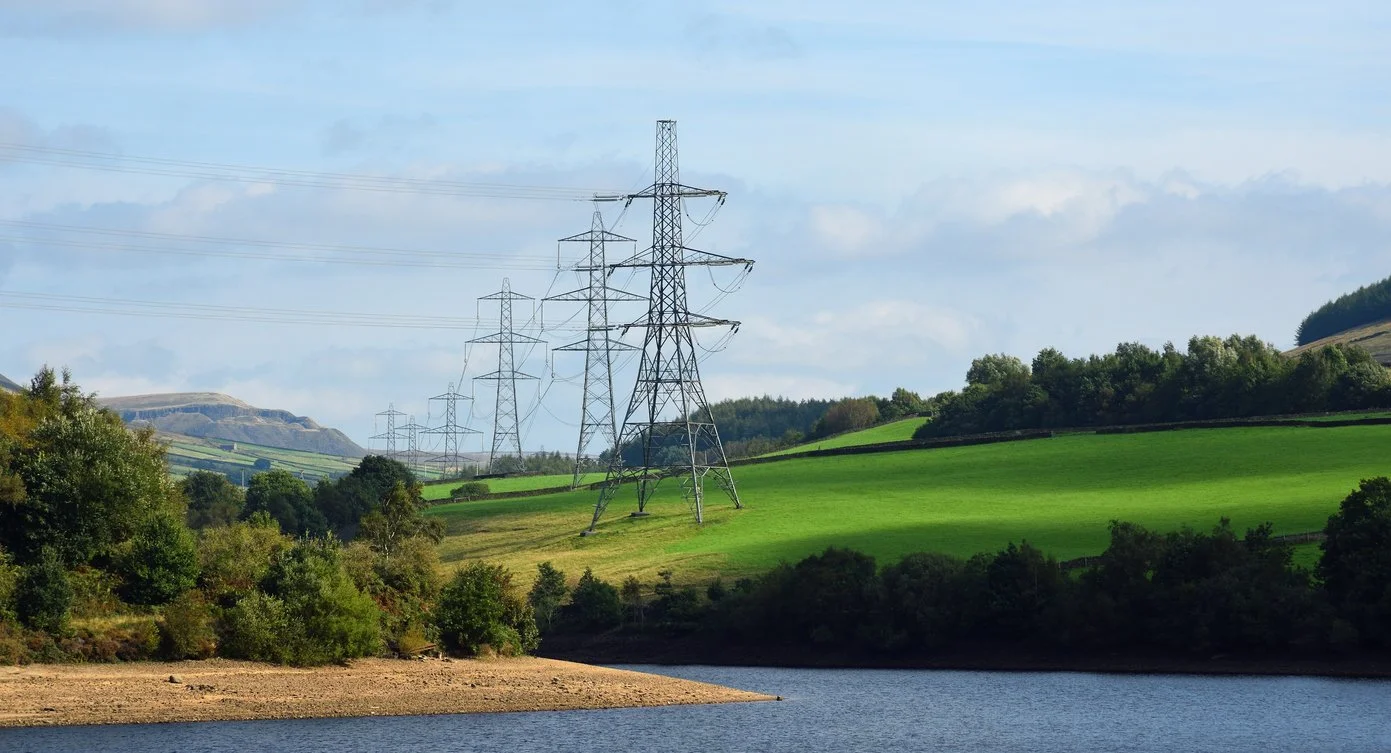It doesn’t take a psychic to grasp what our future may bring when it comes to storm intensity, drought frequency, water demands, and the effect of a shifting climate on the nation’s economy. First, let’s dispel the notion that discussing and recognizing a shifting climate is a political discussion. It is not. To disregard, reject, and deny facts is not only to ignore reality but commit malpractice if you are in the water industry, an investor, banker, economist, or a farmer.
Every year between 2015 and 2025 has ranked in the top 10 hottest years on record. Heat equals energy. Stronger storms, more volatile weather patterns, lengthening of crop growing seasons (and air-conditioning seasons), increased evaporation, and drying of continental mass. The result is increased water consumption, expanding electrical demands, and fire risk. Even if one tries, it’s hard to ignore basic science. Heat is energy, longer and hotter summers result in larger electrical demands, and greater water consumption. The following National Oceanic and Atmospheric Agency graph, is telling:
Serving the water demands of an expanded agricultural growing season and expanded energy generation for residential and commercial cooling equates to what some have projected to be an increase in water demand of 8-10%.
Add into this mix are the compounding effects of increased energy and water consumption driven by technology, AI, and computing. Miniscule data centers arrived on the scene in the 1950s (not real data centers as we know them today, but mainframes). With the microprocessor boom of the 1990s and the birth of the internet, the first true data centers emerged. Fast forward to just the last five years (2020-2025). Data center expansion has accelerated at a dizzying pace driven by AI, cloud migration, and a digital economy. In the last few years, investment in data centers has nearly doubled. The demand for power by these centers has resulted in dramatic new electrical demands challenging an already outdated and fragile grid. Some have pegged electrical demands to rise by 20% in the next decade. With the exception of solar, wind and geothermal energy production, all forms of energy generation require freshwater (leaving non-consumptive hydropower out for obvious reasons). With an average of two gallons of freshwater needed to generate one kilowatt, some of the largest data centers’ electrical demand exceed 500 megawatts. That translates to 12 gigawatts/day. Water use to generate 12 gigawatts using coal requires 12 billion gallons of water; with nuclear, it’s 9.6 billion gallons; and high efficiency natural gas, its 3.6 billion gallons. That’s per day by the way.
If you look at it purely through an economic and not a political lens, society must ask itself what it can do to balance available freshwater resources with demands and what are the economic costs of doing nothing. To ignore and deflect isn’t helpful. We can and we must become more efficient and smarter addressing what we can and planning for what we cannot.


